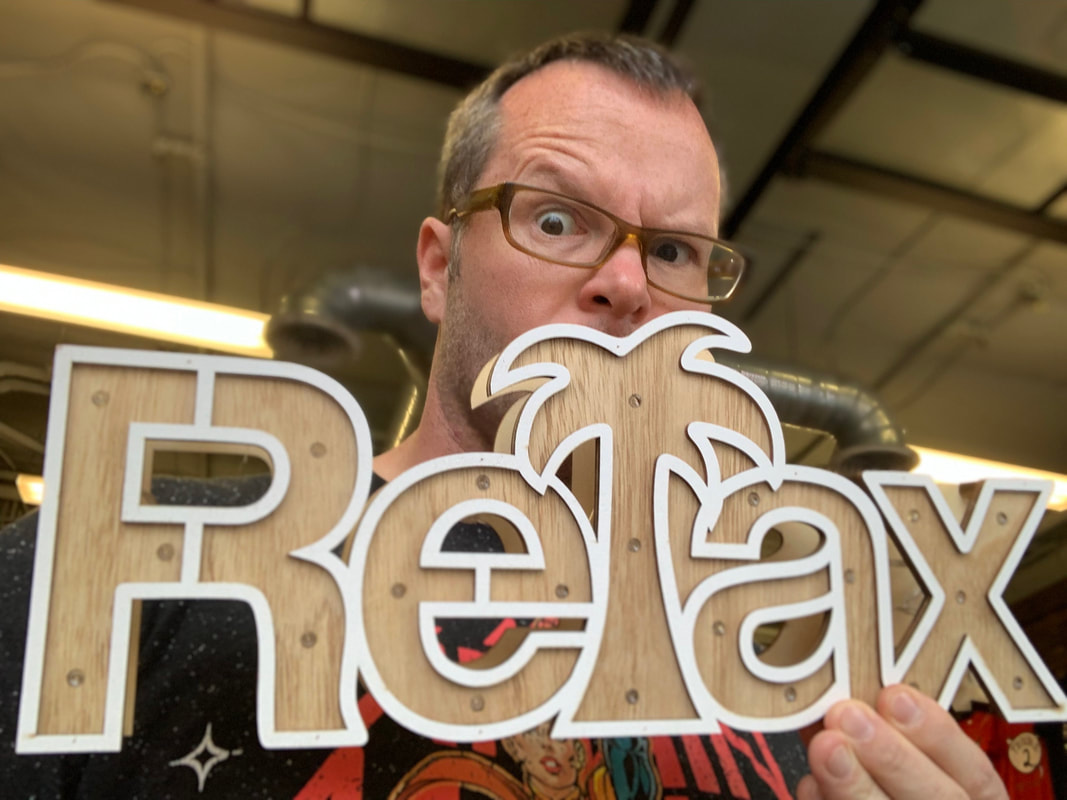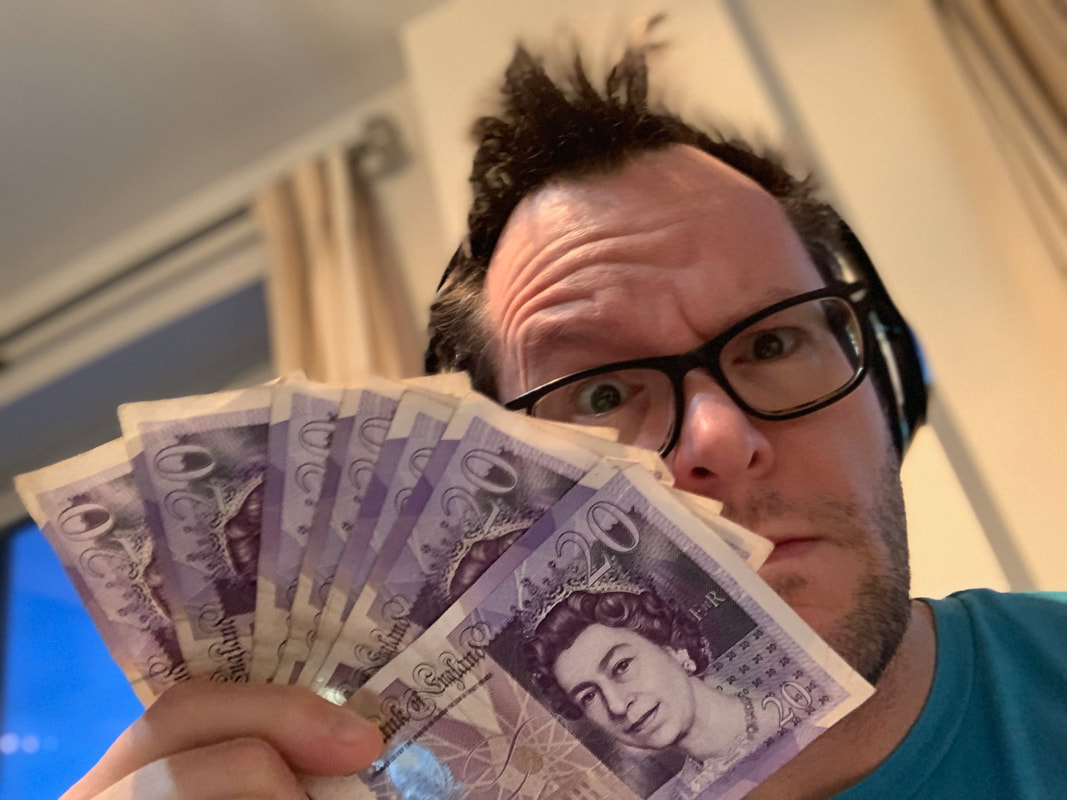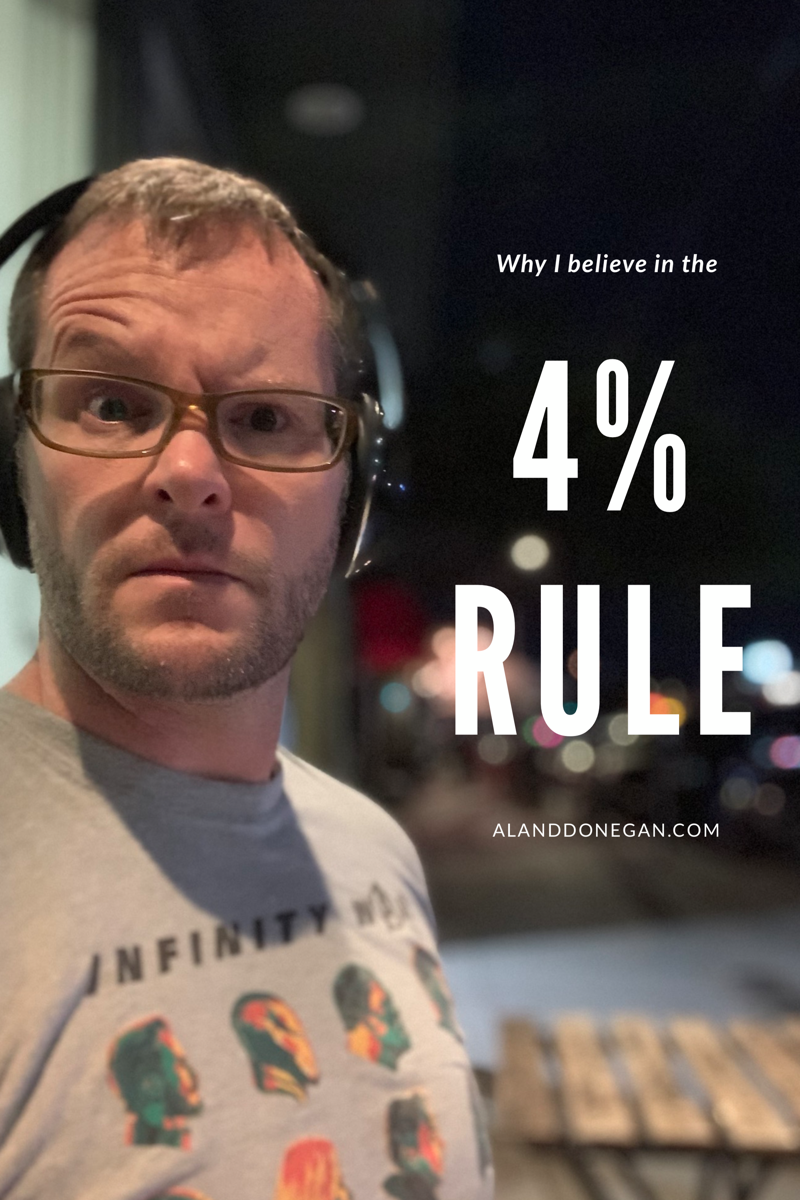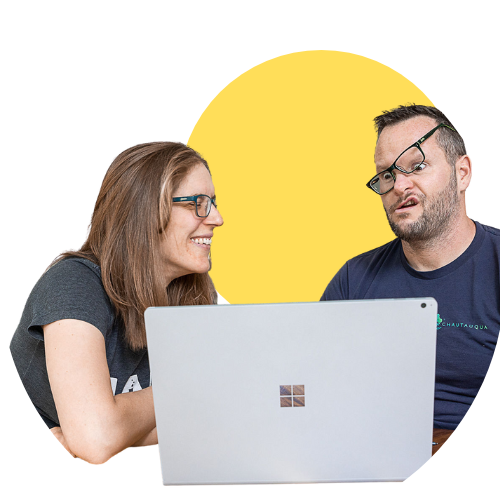|
Back to Blog
How much does it take to retire?15/6/2021
I came across an incredibly simple formula for knowing when enough is enough. I will show you the straight forward maths behind calculating how much you need to invest to retire. This was first written on the 26th of August 2019 and updated on the 15th June 2021. I am now 42 years old now! How time passes. We have reviewed and updated the article given everything that has happened since I wrote it in 2019! Disclaimer: This is not financial advice. Katie and I are not trained financial advisors, nor to we pretend to be one online. Read our full disclaimer here. How much do you need to retire?Maybe you are 55 and nearing retirement and thinking "can I pull the plug on work early?" Maybe you are 25 and thinking "how can I set myself up now to not have to work till I am 68!?" Wherever you are on the journey towards retirement; there is some simple maths to help you plan. The simple maths of early retirement is based on the 4% rule or the 4% safe withdrawal rate. This is a "rule" that was coined from the Trinity Study which looked at investment data from 1925 up to 2009 and worked out; based on different asset allocations and different withdrawal rates; if your money would run out in a 30 year retirement period. There are a lot of technical terms in that sentence which I am going to break down at the end of the article. If anything doesn't make sense scroll down for a list of definitions. The main assumptions behind the 4% rule are that if you have 50% of your portfolio (retirement investments) in bonds and 50% in stocks and shares and then withdraw 4% of this a year to live on then in 96% of instances you will not run out of money in retirement. For example:
The simple maths behind retirement is to take your current annual spending and multiply it by 25 (this is the inverse of 4%). If you currently spend £20,000 a year then multiply it by 25 and you will get £500,000 and this is the investment pot or portfolio you need to build in order to retire with that annual income. There are a lot of caveats and adjustments in these things but the general maths behind when you can retire is very simple. People argue that it should be 5%, 3.4% or 3.2% safe withdrawal rate (SWR) but as a general rule of thumb this gives you a really neat and simple mathematical equation to work out how much you need to retire! Work it out for yourself nowThe first step to working this stuff out for yourself is to know how much you are spending each year. Do you track your spending? Do you know where your money goes? I wrote this article all about "what are you spending your money on?" which works to help unpack spending and decide actively where you want it to go! Once you know your yearly spending then multiply it by 25 and that gives you the pot you need to save and invest. For Katie and I the maths was really easy. We actually spend about £40k a year and have done for the last 4 or 5 years. (Update: we spent a lot more in our first year of retirement travelling!) We kept our spending down by living in a 2 bedroom flat, driving a small car and not spending much on fancy clothes but we spend lavishly on trips and holidays! We could probably lower this number if we wanted but we have a lot of fun together! We spend £40k a year; so you just multiplied that by 25 to see that we need a portfolio of £1M invested to retire. If we reduced our spending by going on less lavish holidays and trips we could have reduced the size of the pot we needed and retired earlier. If we decided to move to Thailand and live on £20,000 a year we could have retired with a pot of £500,000! We ended up crossing our FI number in 2018. This has created incredible opportunity and changed our lives. Our first experiment after FI was coming to Hollywood to write a movie! You can read about that here or continue on learning about the maths behind retirement!
Holy S*!T that is a big numberYou might be thinking that £1M invested is a big number. And it is! If you need some motivation reaching it then I wrote an article just for you called the Insurmountable Mountain. There is also one major thing on your side and several other levers you can pull to get you there quicker! The most powerful thing you have on your side is Compounding. I will write another article soon about this but I am sure you know that if you start investing early and allow those investments to grow each year the interest starts to compound on the interest and your pot starts to grow exponentially. I have started writing an article called "it's not linear" which will explain this further. Coming soon! Compounding over time is incredible, Einstein called it the 8th wonder of the world! If you are 20 and reading this article you have an unfair advantage. If you are 50 it can still be done but it is going to be harder because we just don't have the same amount of time to save, invest and allow it to compound. The earlier you start the better. If you are 40 ish and reading this article you have time and your best earning years are in front of you. You can do it. Compounding is so powerful. You just need to get the money invested into the market and allow time to take it course. Katie and I have been developing articles to help you understand investing. We wrote a beginners guide to investing and then a whole series of articles on index investing starting with What is Diversification. State pensionsDepending on where you live you may receive a state pension at retirement age. This is an important one to consider. Remember to include this in your projections. If you get a state pension that pays out £10,000 a year for you and you need to live on £30,000 a year then this is reducing the amount of money that you need to save and invest yourself. It is a guideline not a ruleThe 4% rule is often touted as a "rule" and a number that if you reach this you will never have to worry about money again! This is not true and there are a lot of factors at play that you need to think about. The maths is simple but it is build on a whole host of assumptions that, if you understand, will help you to live a rich and happy retirement without worrying about money. I have found it more useful to think about it as a guideline that I have to work with or a target to reach. Let me give you some examples:
This guideline is meant to give you a simple way of calculating how much you need to be able to step away from full time employment and how much income you will have without working. It is not a set it and forget it forever strategy. You still need to manage your finances, reassess each year and adjust where needed. AssumptionsThere are some assumptions behind this simple maths that I wanted to unpack for you:
Why I am happy with 4%!
I am more than comfortable with 4% as my safe withdrawal rate. Actually, I think it is a little conservative if anything and I could easily do 5% and be fine! 4% gives me all the safety and security I need over the coming years. Update 15/06/2021: I am going to speak to Katie about upping our SFW to 5% and see how she reacts! Will you run out of money? One of the things that I found most interesting about the Trinity study is the amount of money you can expect to have left at the end of your 30 year retirement period if you spend 4% and adjust for inflation each year! I was thinking maybe my pot would stay the same? Maybe it would increase slightly? The Trinity Study did some analysis which you can see in Table 4 on their paper here if you fancy. If you retire with $1M in your portfolio and are 100% in stocks and shares what do you think the average (median) amount of money you will have at the end is? Everyone is worried about running out of money! If you are invested I think the opposite is true. You would end up with £10,075,000!!! Yes that is TEN MILLION! 4% could actually be a little bit low if you are flexible, invest 100% in index funds and manage your money well! Has this helped?I would love to know if this has helped!! Please tell me. Write in the comments, email me, message me through the site and tell if this has helped you set a target. If you haven't done it yet then sit down with a friend, your partner or your family and have a discussion about how much you want to spend in retirement; multiply that number by 25 and there you have your retirement target! You can't hit a target you can't see! I really want to know if what I am writing is of value to you. It has helped me immensely in my life and writing this has actually helped me clarify my own thinking and increase my confidence in my own numbers! But the really important thing is has it helped you? Scroll down to leave a comment or press like and share on Facebook. Below is all of the definitions of the terms above if you need them. DefinitionsWhen you are talking finance there is a new vocabulary you need to learn. It is just like learning a new language. When you first read something in a new language you spend your time looking up words and deciphering them; this gets easier over time if you stick with it. I have spend the last decade learning the language of finance (I am still no expert) and I am going to work to put what I have learnt down and make it simple here:
What next?Katie and I have been working hard on other resources to help you get to grip with your finances and start working towards an incredible retirement. Here are some places to go next:
The whole purpose of these articles is to help you take control of your finances and to enable you to start working towards financial independence. The extraordinary belongs to those that create it No one is going to hand you an extraordinary life you have to build it yourself. However there are people that will help you along the way. This is Katie and my effort to help you build the life of your dreams.
Start by working out your retirement goal and taking steps towards making it happen today! |
DONEGAN |
We built this website to share our stories, the adventures, the amazing people and all the life lessons we've learned along the way!
SIGN UP to our mailing list
|

 RSS Feed
RSS Feed



